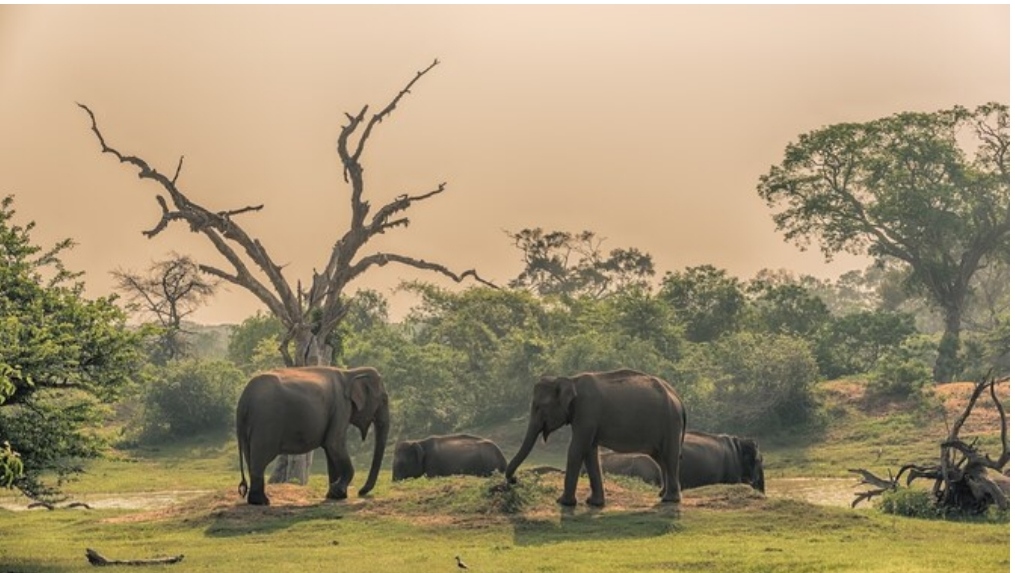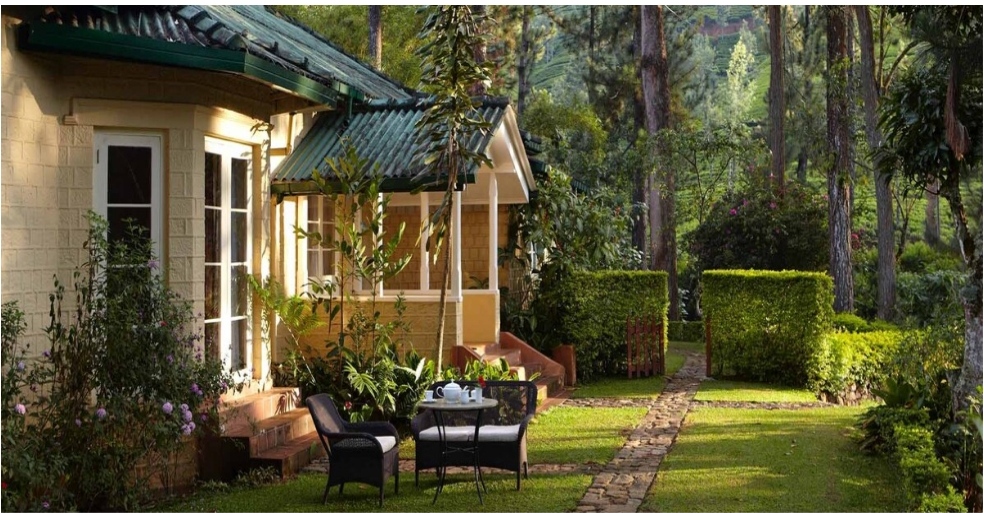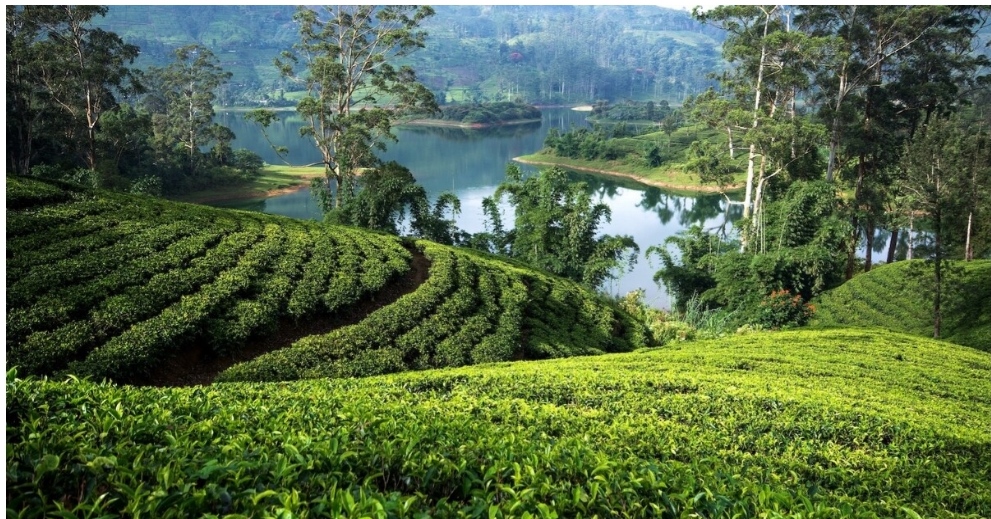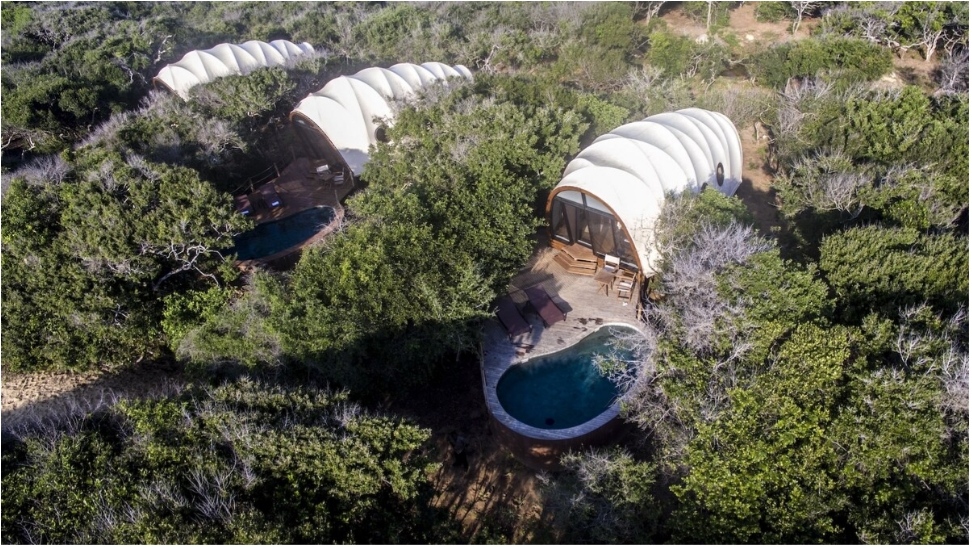Off the beaten track in Sri Lanka
By Shaistha Khan

A group of elephants at a watering hole in Yala National Park, Sri Lanka.
Sri Lanka has long been a favoured destination for visitors from the Gulf.
Easy access, budget-friendly offerings, and diverse experiences – from cultural and historic landmarks to idyllic beach resorts and scenic treks – make it an ideal getaway destination.
And now, there’s one more reason for Saudis to take a trip to the island nation. Last month, the Sri Lankan government announced that residents of Saudi Arabia, the UAE, Qatar, Oman, and 31 other countries can now visit without a visa.
The capital, Colombo, is probably the most popular destination in Sri Lanka, along with Kandy and Ella, but the less-frequented areas in the central and southern regions of the country are well worth considering.

The Summerville Bungalow in Hatton
My Sri Lanka trip started in Hatton, in the Nuwara Eliya region. Often called “Little England,” the region is a reminder of the country’s former colonial rule, with Tudor-style architecture and sprawling tea estates named after their former British proprietors.
The central province is home to Sri Lanka’s renowned tea highlands. Tea is an integral part of the island’s history and culture — as its former name, Ceylon, suggests.
My encounter with Ceylon tea starts at the Dunkeld Tea Factory, owned by The Dilmah Group, a family-run business that has become a global name.
The tea is single-origin — meaning it is picked, cultivated, and packed from the lush, rolling terraces of the region.
The tour takes guests through the history of Ceylon tea, which actually began with coffee plantations in the 18th century. But leaf disease devastated those plantations, leading to the demise of the short-lived coffee industry in Sri Lanka.
In 1867, James Taylor, a Scottish man, planted the first tea clearing in Kandy. By the late 19th century, the country had become one of the largest tea producers in the world.
Guests are also invited to a tea-tasting experience, including the Orange Pekoe, the robust tea blend that is a specialty of the region.

The terraces of a tea plantation around the Ceylon Tea Trail.
I stayed at Summerville, one of the five palatial bungalows once home to English plantation owners which have now been refurbished into boutique properties by the Ceylon Tea Trails Hotel under the Resplendent Ceylon Group.
Perched at nearly 4,000 feet and set across 2,000 hectares, the bungalows are perfect for those seeking a slow, luxurious vacation.
Guests can enjoy breathtaking panoramic views of the emerald hilltops from various vantage points or unwind in the several tranquil lounge spaces scattered throughout the bungalows.
Or — with a private chef and butler on hand — choose to indulge in a five-course dinner that features the likes of a Yatawatte tea-infused roasted chicken or the Earl Gray fondant.
The tea trails, ranging from four to 15 kilometers long, connect the various bungalows, offering scenic hikes through the valleys.
For those seeking adventure, the newly-inaugurated Pekoe Trail (a 300-km route with 22 phases) allows tourists to explore the rich biodiversity of the area. This trail can be experienced on foot or by rail.

The Wild Coast Tented Lodge in Sri Lanka.
The next leg of my trip was drastically different. As we were making our way down from the central region to Sri Lanka’s southern tip, the hilltops, winding roads, and cool weather gave way to palm trees, speedy tuk-tuks, and tropical weather.
In the Hambantota district, the biggest draw is undoubtedly Yala National Park, the second largest national park of the country, and the one with the highest density of leopards.
An early morning or afternoon game drive provides ample opportunities to spot wildlife, including the elusive leopard, sloth bears, and elephants.
After the adrenaline rush of a wildlife safari, I head to our ‘glamping’ lodge — the Wild Coast Tented Lodge, another one of Resplendent Ceylon’s properties.
The luxury camp is unfenced and wildlife will often wander into the premises from the park, giving guests a sometimes-gleeful, sometimes-terrifying experience.
The lodge itself is an architectural delight, focusing on sustainable design and the use of organic materials, including bamboo. It includes 28 “cocoons” or pods scattered throughout the jungle wilderness.
The interiors feature rustic touches like cooper hardware, a leopard-claw bathtub, and vintage leather furniture. It’s also here that the jungle meets the Indian Ocean.
As I wandered along the rugged coastline or enjoyed a sundowner, I was once again reminded of the serenity that Sri Lanka has to offer.




